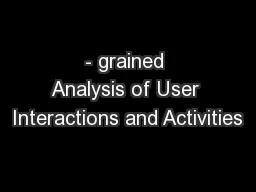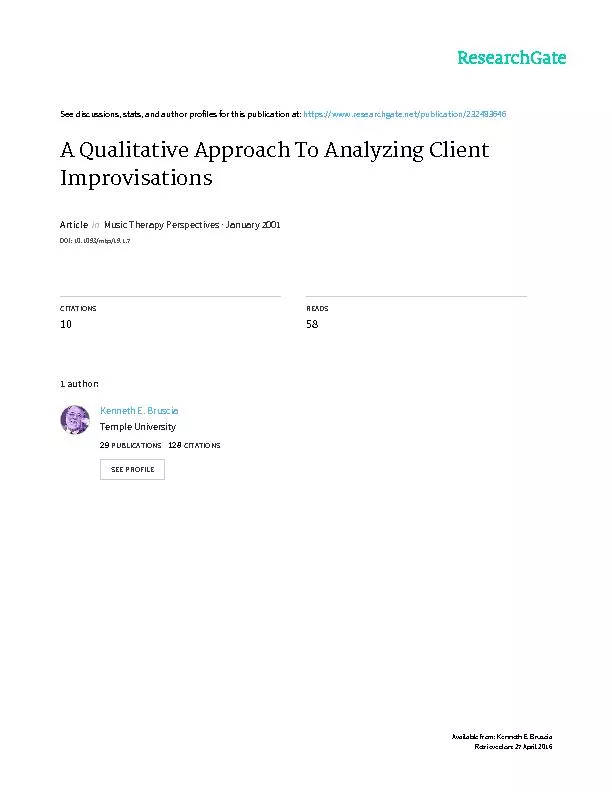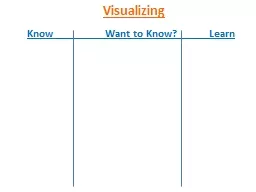PPT-Analyzing and visualizing interactions in
Author : celsa-spraggs | Published Date : 2018-11-12
sAS 94 Andy Lin IDRE Statistical Consulting Background Regression models effects of IVs on DVs Eg does amount of time exercising predict weight loss Can also model
Presentation Embed Code
Download Presentation
Download Presentation The PPT/PDF document "Analyzing and visualizing interactions i..." is the property of its rightful owner. Permission is granted to download and print the materials on this website for personal, non-commercial use only, and to display it on your personal computer provided you do not modify the materials and that you retain all copyright notices contained in the materials. By downloading content from our website, you accept the terms of this agreement.
Analyzing and visualizing interactions in: Transcript
Download Rules Of Document
"Analyzing and visualizing interactions in"The content belongs to its owner. You may download and print it for personal use, without modification, and keep all copyright notices. By downloading, you agree to these terms.
Related Documents














